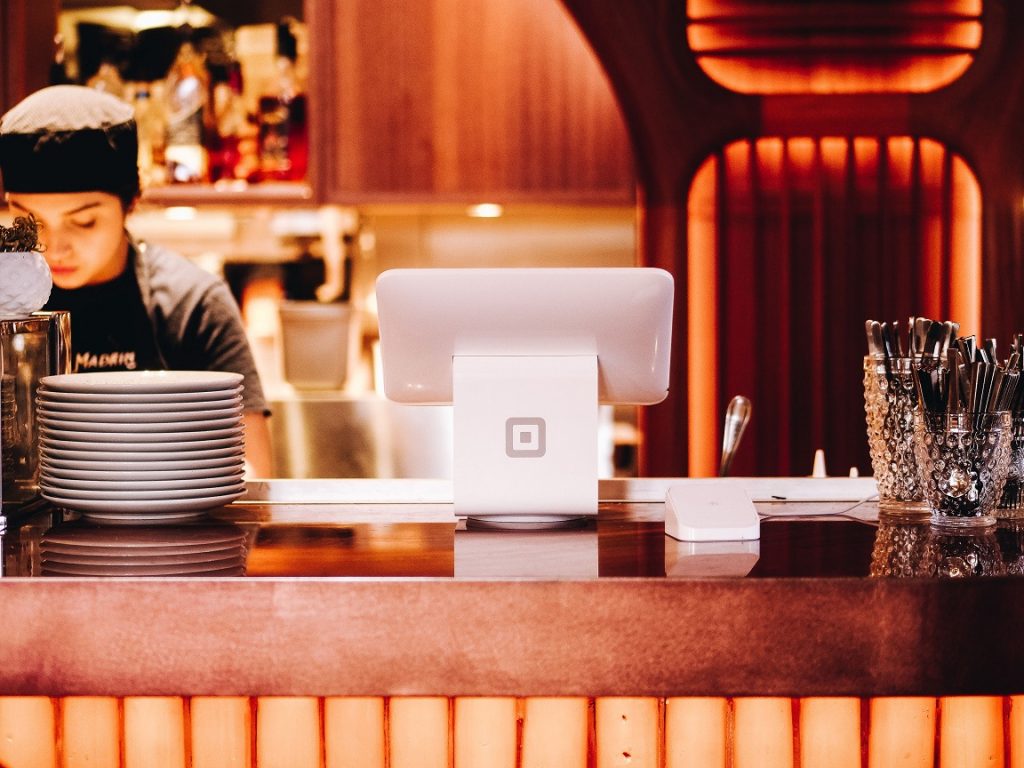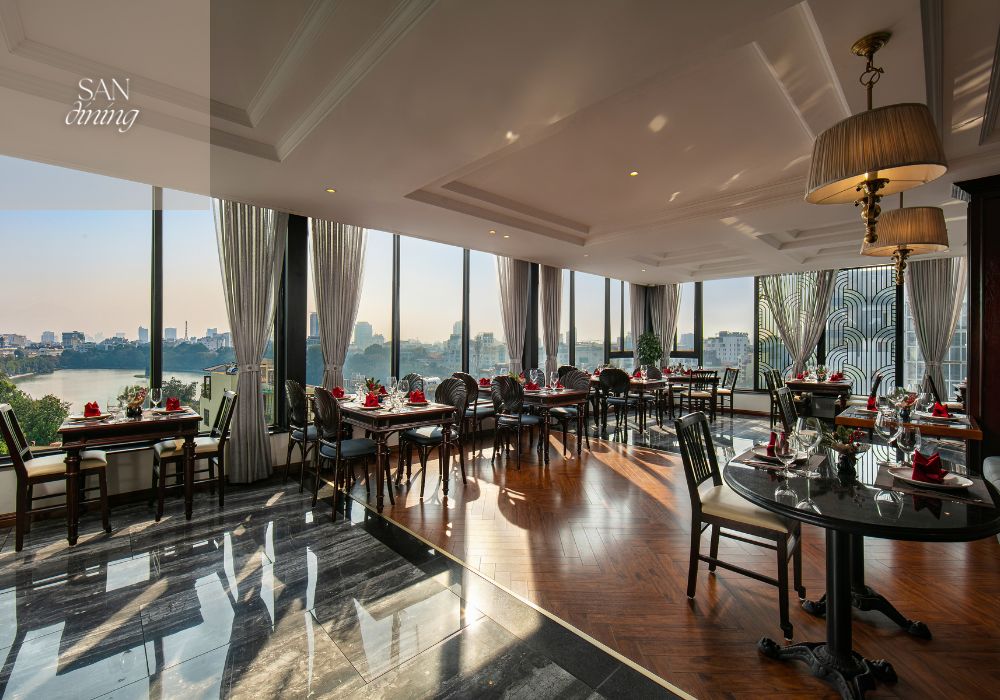Fine Dining Experience Islamabad: Indulge in Glamorous Culinary Delights
Fine Dining Experience Islamabad: Indulge in Glamorous Culinary Delights
Blog Article
Savor Genuine Oriental Food With a Pan-Asian Spin for a Culinary Experience
Starting a culinary journey with genuine Oriental food, enhanced with a Pan-Asian twist, offers a special possibility to explore the rich tapestry of tastes that define the region's varied cooking practices. This experience invites you to enjoy the exquisite balance of tastes-- wonderful, salty, spicy, and sour-- integrated by aromatic herbs and seasonings. Picture the innovative combination of Thai curry and ramen or the unexpected delight of sushi burritos. As you consider these luring recipes, take into consideration the cultural narratives and historic influences that form them, each bite supplying a tale waiting to be uncovered.

Checking Out Pan-Asian Flavors
In the world of worldwide gastronomy, Pan-Asian cuisine sticks out for its impressive diversity and the unified interplay of tastes from various Eastern societies. This culinary strategy commemorates the abundant practices and one-of-a-kind components located throughout the continent, developing a tapestry of tastes that is both satisfying and fascinating. Key to Pan-Asian cuisine is its ability to stabilize contrasting flavors-- pleasant, salty, spicy, and sour-- while highlighting the quality and top quality of each active ingredient.
From the umami-rich soy sauce of Japan to the intense chili peppers of Thailand, Pan-Asian food offers a considerable combination of flavors. These aspects are frequently integrated in creative methods, enhancing meals with layers of complexity. For example, the usage of aromatic herbs such as lemongrass and cilantro, common in Vietnamese and Thai cuisine, adds a refreshing brightness to meals, while the incorporation of coconut milk delivers a luscious, abundant texture.
The focus on fresh produce and fragrant spices ensures that each dish is not only a feast for the taste yet likewise for the senses. Pan-Asian cuisine welcomes restaurants to begin on a culinary trip, discovering the huge and differed landscapes of Asian gastronomy with every bite.
Combination Meals to Try
While Pan-Asian food is celebrated for its traditional tastes, the modern-day cooking landscape is progressively accepting fusion dishes that blend these timeless aspects with influences from various other regions. This cutting-edge strategy not just honors the rich heritage of Oriental cookeries but additionally introduces unique preference experiences that interest contemporary tastes.
A prime instance of such a blend recipe is the Korean-Mexican taco, where seasoned bulgogi beef is wrapped in a cozy tortilla, topped with kimchi and a zesty gochujang-infused salsa. This mix weds the bold, tasty tastes of Korea with the dynamic, fresh aspects of Mexican food. Similarly, sushi burritos have actually obtained popularity, integrating the delicate artistry of Japanese sushi with the hearty, hand-held convenience of a burrito, frequently including combination components like tempura shrimp and avocado with a drizzle of wasabi mayo.
Another noteworthy recipe is Thai curry ramen, which infuses the velvety, aromatic spices of Thai curry into the comforting brew of traditional Japanese ramen, creating an unified blend that tantalizes the detects. These blend dishes expand past plain uniqueness; they stand for a cooking dialogue between cultures, motivating exploration and technology worldwide of Pan-Asian cuisine.
Vital Components and Seasonings
To really appreciate Pan-Asian food, one need to comprehend the important components and seasonings that form its structure. This diverse cooking style draws from a rich tapestry of Asian customs, utilizing a harmonious mix of tastes and textures.
Aromatic elements are essential, with lemongrass, ginger, and garlic being ubiquitous throughout numerous Pan-Asian dishes. These components give an aromatic base that improves the complexity of tastes. Seasonings such as star anise, cardamom, and cinnamon introduce warmth and character, echoing impacts from regions like China and India.

Cooking Techniques and Tips
Understanding the art of Pan-Asian cuisine needs experience with its distinct cooking strategies, each adding to the vivid tapestry of flavors this culinary practice is commemorated for. Central to these techniques is the stir-fry, a quick food preparation method that preserves the dietary stability and vivid colors of components. Using a frying pan, the stir-fry method permits also heat circulation, important for achieving the particular structure and flavor balance of Pan-Asian meals.
An additional essential method is steaming, particularly common in Chinese cuisine. This gentle method keeps the natural tastes and nutrients of ingredients, making it perfect for seafood and veggies. Dumplings, a cherished staple, why not try this out typically benefit from steaming, causing soft, delicious appearances.
Barbecuing, likewise indispensable, imparts smoky midsts to dishes such as Oriental bulgogi or Japanese yakitori (Best ambiance restaurants Islamabad). This method frequently entails seasoning components, allowing flavors to permeate deeply before cooking over an open flame or warm plate
Lastly, grasping the art of balancing flavors-- sweet, sour, salty, bitter, and umami-- is essential. Effectively layering these components can raise a dish from average to amazing, using a facility and pleasing culinary experience that symbolizes the significance of Pan-Asian cuisine.
Eating Experiences Worldwide
Around the world, Pan-Asian cuisine provides an unparalleled eating experience, celebrated for its abundant tapestry of flavors and lively discussions. This culinary sensation has actually transcended cultural boundaries, recording the hearts and tastes buds of food enthusiasts worldwide. In multicultural cities like New York, London, and Sydney, Pan-Asian dining establishments act as melting pots where culinary traditions from Thailand, Japan, China, and past converge, giving restaurants with an eclectic mix of recipes that highlight the region's variety.
The international allure of Pan-Asian food hinges on its ability to offer both credibility and innovation. Cooks masterfully wed traditional ingredients such as lemongrass, soy sauce, and miso with contemporary methods, leading to meals that are both acquainted and refreshingly new. This blend allows diners to get started on a culinary trip that values heritage while accepting modernity.
Additionally, dining experiences are raised with attentively made atmospheres that show the principles of Pan-Asian aesthetic appeals. From minimalist Japanese-inspired insides to vivid Thai-themed rooms, each restaurant offers an one-of-a-kind ambiance that enhances the cooking offerings. As a result, patrons are not simply taking in a dish yet partaking in a cultural experience, making Pan-Asian dining a genuinely worldwide sensation.
Verdict
The exploration of Pan-Asian cuisine supplies an extensive understanding of the intricate interplay of tastes and cooking customs throughout Asia. By welcoming combination dishes such as Thai curry ramen and sushi burritos, the cooking trip not just highlights the versatility of typical active ingredients yet additionally showcases cutting-edge modern-day strategies. This gastronomic adventure, improved by necessary flavors and cooking methods, supplies a special chance to appreciate the cultural variety and culinary creativity that define Pan-Asian food on a worldwide scale.
Embarking on a cooking journey through genuine Asian cuisine, enhanced with a Pan-Asian twist, provides an unique chance to explore the abundant tapestry of tastes that define the area's varied culinary customs.In the realm of global gastronomy, Pan-Asian cuisine stands out for its impressive variety and the harmonious interplay of flavors from numerous Eastern cultures. Secret to Pan-Asian cuisine is its capacity to balance contrasting tastes-- sweet, salted, spicy, and sour-- while highlighting the freshness and top quality of each ingredient.

Report this page